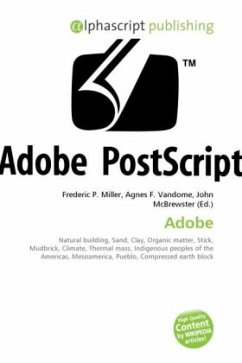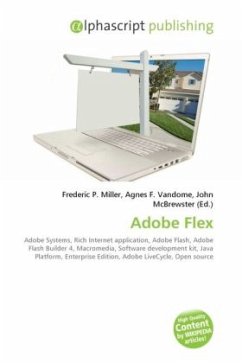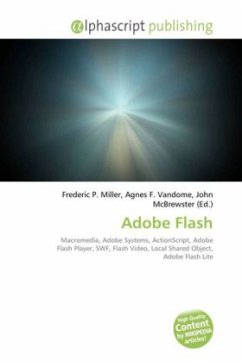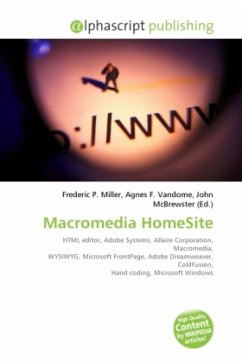Adobe is a natural building material made from sand, clay, and water, with some kind of fibrous or organic material, which is shaped into bricks using frames and dried in the sun. It is similar to cob and mudbrick. Adobe structures are extremely durable and account for some of the oldest extant buildings on the planet. In hot climates, compared to wooden buildings, adobe buildings offer significant advantages due to their greater thermal mass, but they are known to be particularly susceptible to seismic damage in an event such as an earthquake. Buildings made of sun-dried earth are common in the Middle East, North Africa, South America, southwestern North America, and in Spain (usually in the Mudéjar style). Adobe had been in use by indigenous peoples of the Americas in the Southwestern United States, Mesoamerica, and the Andean region of South America for several thousand years, although often substantial amounts of stone are used in the walls of Pueblo buildings. Adobe brickmaking was used in Spain already in the Late Bronze Age and Iron Age, from the eighth century B.C. on.
Bitte wählen Sie Ihr Anliegen aus.
Rechnungen
Retourenschein anfordern
Bestellstatus
Storno








